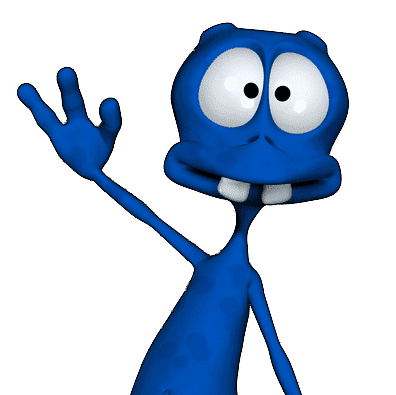In casual conversation, the terms 'web designer' and 'graphic designer' often get used interchangeably. Both are perceived to be dealing with visuals in some sense, but the specifics of each profession get lost somewhere along the way.
That is not to say these two fields are completely unrelated. People are correct to assume both web and graphic designers create a visual experience, but how they do it, who for, and for what purpose can all be quite different.
To help clear up what the similarities and differences between the two are, we came up with a list which you will find below. Far from just being an academic issue, knowing what each undertaking entails can be essential for choosing a career path, hiring the right people for a project, or branding a service. So without further ado, here are the 5 ways in which web and graphic design differ.
Medium-Exclusive vs Medium-Agnostic
For starters, web design by definition is aimed at producing something for the internet, and in this sense it has no direct bearing on the everyday physical world. In contrast, graphic design creations are not intrinsically tied to any particular means of dissemination. From books and magazines, to banners and billboards, from company logos and mascots, to graphs and diagrams, graphic design produces visual representations which can be hoisted up offline, online, and everywhere in-between. In this sense, web-design can be subsumed under graphic design as its online variant. However, we should be careful here not to equate broadness of scope with broadness of use. Graphic content is everywhere around us, but content creation for the web is rising exponentially every day, making web-design a more sought-after profession on the market.
Technical Limitations vs Artistic Freedom
Another key difference between web and graphic design are their limitations. In principle, graphic design is limited only by the creativity of the designer, and secondarily by the demands of the client. Web-design however has a much greater number of technical limitations. For starters, web design creations have to be hosted online, and then displayed on a screen somewhere. This introduces two major limitations on the outset: the size of the project in terms of data, and in terms of display size. If your web-design project takes up too much space on the server, it will be more difficult to display, rendering it less effective. Similarly, there is no point in creating something which can't be displayed on a standard-size screen, so this also limits how much stuff you can pack into your design.
Visual vs Multi-Medial
Graphic designers ultimately create still images. Web designers however are creating a multimedia product. A website predominantly relies on visuals to express its content, but these need not be static. Animations and video are core components of contemporary web design, as well as one of the reasons why the internet became so popular in the first place. Naturally, the fact that websites are multimedia creations adds even more technical limitations to their design. An often neglected part of web design, and one that paints an even clearer picture of how differs from graphic design, is sound. Graphic designers produce artifacts which are mute, whereas web designers can liven up their creations with music, sound effects or spoken words.
Usability vs Aesthetics
The purpose of graphics is to communicate visual information. On the part of the onlooker, all that is required to absorb this information is to direct their attention to the design in question. Websites on the other hand are meant to be used for a particular purpose. They are more like tools than images in this sense. You can appreciate a website for its aesthetics, but the fact is, without a carefully designed core functionality, it is effectively useless. On the other hand, a well-designed website is a perfect combination of form and function, something that both looks great and feels good to use. Graphic design products can wow us with their ingenuity, but once we encounter them enough times, their effectiveness will start to fade.
Complete Product vs Ongoing Process
The result of the process of graphic design is an image, or series of images. They are something you can then buy and sell, multiply and spread. They are finished products, usable "out of the box", but which can then be modified to suit particular tastes and purposes. After creating a logo design for a client, the graphic designer can move on to another project. Websites on the other hand are never finished. From the beginning, they have to adhere to many criteria including usability, technical optimization, waxing and waning audiences, etc. which forces web designers to constantly tinker with them to meet these demands. There is always something to be done, whether on the surface or under the hood. In other words, websites are always in the process of becoming, never settling into a single, finished form.
Conclusion
While they share many similarities, web design and graphic design are nonetheless two distinct fields. The skills required to be good at both tend to overlap, which makes jumping back and forth between the two fairly easy, but one should still be mindful of their differences. Ultimately, whether you are web designer or a graphic designer, the ticket to success is still dedication, creativity and most importantly hard work.



